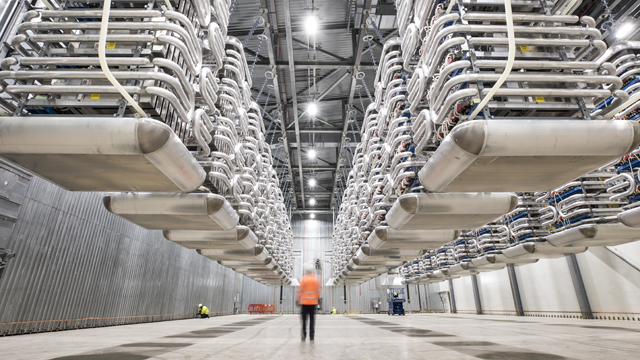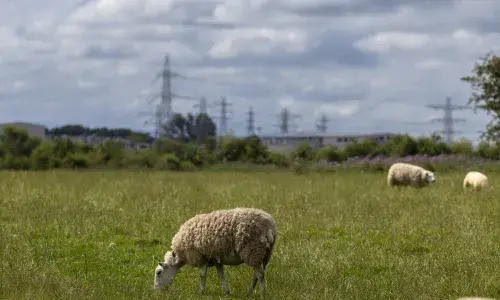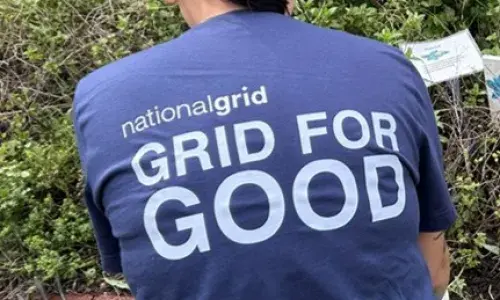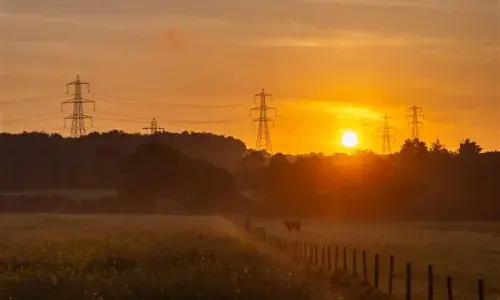
National Grid interconnectors have busiest January on record with 2.6TWh of power transported to strengthen security of supply
GB interconnector capacity reached its highest level this month, with National Grid’s IFA link to France returning to full service on 27th January
- 2.6TWh of power has been transported across National Grid’s five subsea cables so far this year – around 12 per cent more than the same period last year
- This includes both imports and exports as electricity can switch direction to meet peak power demands on each side of the cable
- GB now has more interconnector capacity than ever before as National Grid’s IFA cable returns to full service, taking overall capacity to 8.4GW
This month has been the busiest January on record for National Grid’s five subsea electricity interconnectors, with more power being moved in and out of the UK than ever before.
The company’s five subsea cables, which connect GB with France, Belgium, The Netherlands and Norway, have transported almost 12 percent more power than the same period last year, at an average of 91GWh per day.
National Grid said a total of 2.6TWh of power has been transported through its cables this January alone (figures 1-29 January) which is almost 12 percent more than the same time last year and 39 per cent higher than two years ago (January 2021).
This includes both imports and exports as energy can flow in either direction, providing partner countries access to fast, flexible energy at the flick of a switch.
GB interconnector capacity reached its highest level this month, with National Grid’s IFA link to France returning to full service on 27 January. GB now has 8.4GW of interconnector capacity.
National Grid’s portfolio now totals 6.4GW, enough to power around six and a half million British homes.
The 2GW IFA cable links Sellindge in Kent with Les Mandarins in Normandy. Traveling just over 40 miles across the English Channel, it is National Grid’s longest serving interconnector and has enabled power sharing with France since 1986.
In September 2021, it suffered a serious fire and has been operating at a reduced availability since returning to service at half capacity (1GW) in October 2021.
Close collaboration with suppliers and a 24/7 shift pattern enabled the complete rebuild of the IFA converter hall in less than half the time it typically takes to construct a new converter station. A converter station usually takes five years to build, whereas IFA was rebuilt in 16 months.
Managing Director of National Grid Interconnectors Nicola Medalova said: “We’ve seen this winter that interconnectors are supporting security of supply in both Britain and the EU by doing exactly what they were designed to do, move large volumes of power quickly to where it’s needed most.
“Our interconnectors help to make Britain’s energy system more secure, enabling system operators to access electricity at the flick of a switch to respond to sudden changes in demand and supply. As we move toward a zero-carbon economy, the cooperation with our neighbours that we have seen this winter will be increasingly important, which is why it’s so wonderful to see such strong performance in a difficult period.”
On 2 January, the UK broke its import record for a single day with interconnectors making up 19 per cent of generation. Over evening peak (5.30pm) interconnectors were importing 91% of their potential capacity.
As well as improving security of supply, interconnectors also bring both financial and environmental savings by enabling the movement of clean surplus electricity between neighbouring countries.
By 2030, we estimate our interconnectors, will have saved the UK around 100 million tonnes of CO2, which is equivalent to taking two million cars off the road.
National Grid’s sixth interconnector is currently under construction and expected to be complete by the end of the year. Viking Link, which will join Lincolnshire with Revsing in Denmark, will stretch for 475 miles between the two countries and have the ability to bring in enough clean energy for a further 1.4 million homes.
ENDS


